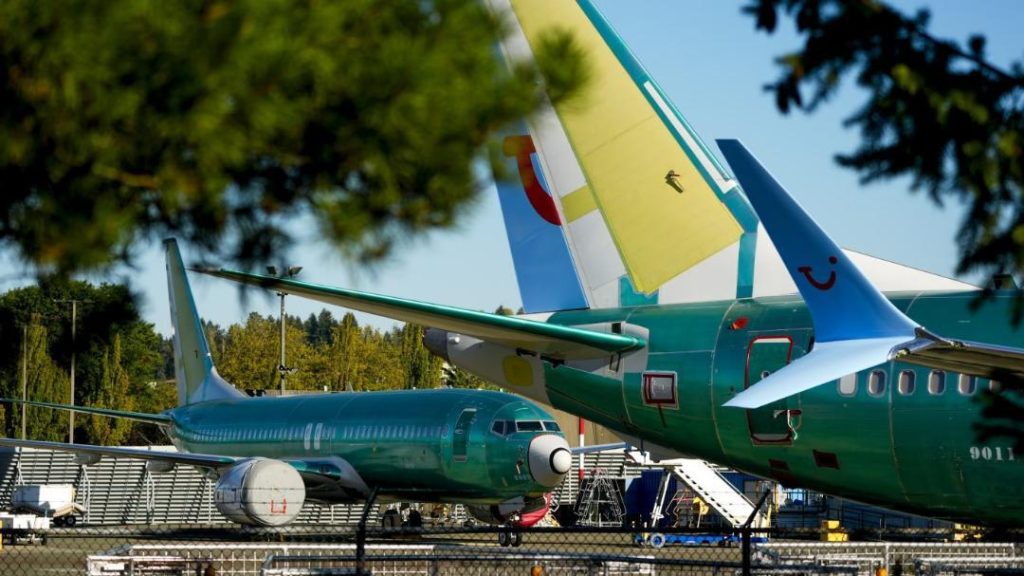
Boeing Crashes, Incidents & Failures: 2019-2025 Timeline
The year 2019 marked a significant turning point in the aviation industry, with Boeing’s 737 MAX aircraft at the center of a series of crashes, technical failures, emergency landings, and structural issues. The tragic events that unfolded over the next few years raised concerns over Boeing’s safety, quality control, and reliability, leaving the industry and passengers alike questioning the company’s ability to ensure the well-being of those entrusted in their care.
2019: The Beginning of a Turbulent Period
The first major incident occurred on March 10, 2019, when Ethiopian Airlines Flight 302, a Boeing 737 MAX 8, crashed just six minutes after takeoff from Addis Ababa, killing all 157 people on board. This was the second fatal crash involving the 737 MAX in less than six months, following the Lion Air Flight 610 crash in Indonesia on October 29, 2018, which resulted in the loss of 189 lives.
The investigations into both crashes revealed a common factor: a faulty angle of attack (AOA) sensor, which incorrectly indicated that the aircraft’s nose was pointing upwards, triggering the Maneuvering Characteristics Augmentation System (MCAS) to repeatedly push the plane’s nose down, making it difficult for pilots to control the aircraft.
2020: Continued Turmoil
The year 2020 saw Boeing’s troubles escalate, with a series of incidents and failures that raised further concerns over the company’s safety record. On January 9, 2020, a Boeing 787-9 Dreamliner operated by Air India was forced to make an emergency landing at Ahmedabad’s Sardar Vallabhbhai Patel International Airport after a technical issue. While the incident was attributed to a faulty fuel pump, it marked a worrying trend of recurring technical problems with Boeing’s 787 jets.
In March 2020, a Boeing 737-800 operated by Sriwijaya Air crashed into the Java Sea in Indonesia, killing all 62 people on board. Although the cause of the crash was unclear, it was another stark reminder of the risks associated with air travel and the need for airlines to ensure the safety and reliability of their aircraft.
2021: Reforms and Layoffs
In response to the mounting criticism and pressure from regulatory authorities, Boeing implemented a series of reforms aimed at addressing the safety concerns surrounding its 737 and 787 aircraft. The company announced plans to improve the design and testing of its aircraft, as well as enhance the training and support provided to pilots.
However, the reforms came too late for many Boeing employees, who were among the 180 engineers laid off by the company in Bengaluru, India in June 2021 (Source: https://ascendants.in/business-stories/boeing-lays-off-180-engineers-bengaluru/). The layoffs were part of a broader effort by Boeing to cut costs and streamline its operations in response to the ongoing challenges it faced.
2022: Continued Concerns
Despite the reforms and layoffs, concerns over Boeing’s safety record continued to mount in 2022. In January, a Boeing 737-800 operated by China Eastern Airlines crashed in the mountains of China’s Guizhou Province, killing all 132 people on board. While the cause of the crash was unclear, it was another major incident that raised questions over the safety of Boeing’s 737 aircraft.
In April 2022, a Boeing 787-9 operated by Japan Airlines was forced to make an emergency landing in Tokyo after a technical issue was detected. Although the incident was resolved without incident, it highlighted the ongoing problems with Boeing’s 787 jets and the need for the company to address the recurring technical issues.
2023-2025: Ongoing Concerns
The years 2023-2025 have seen a slight decline in major incidents involving Boeing aircraft, but the company’s safety record remains a major concern for regulators, airlines, and passengers alike. In May 2023, a Boeing 737-800 operated by South Korea’s Asiana Airlines was involved in a serious incident after it suffered a loss of cabin pressure during a flight from Seoul to Busan. Although the aircraft made an emergency landing without incident, it highlighted the ongoing risks associated with air travel.
In July 2025, a Boeing 787-9 operated by Air India crashed on takeoff from Ahmedabad’s Sardar Vallabhbhai Patel International Airport, killing all 220 people on board. While the cause of the crash was unclear, it was another major incident that raised concerns over the safety of Boeing’s 787 aircraft.
Conclusion
The Boeing crashes, incidents, and failures between 2019 and 2025 have raised significant concerns over the company’s safety, quality control, and reliability. While the company has implemented reforms aimed at addressing the safety concerns, the ongoing problems with its 737 and 787 aircraft remain a major concern for the industry and passengers. As Boeing continues to work to restore public trust, it is essential that the company prioritizes safety and quality above all else, ensuring the well-being of those who entrust their lives to its aircraft.
Source:
https://ascendants.in/business-stories/boeing-lays-off-180-engineers-bengaluru/






